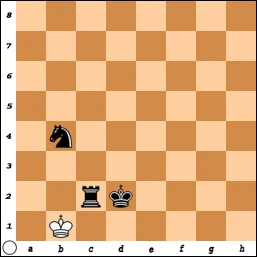
Checkmating with a rook is a classic tactic in the game of chess and one that can be used to force a quick and decisive victory. The rook is a powerful piece that can be used to control the board and put pressure on the opponent’s king.
What is the history of checkmating with a rook?
The history of the rook checkmate can be traced back to the early days of chess when the game was played with different rules and pieces. The rook was not always considered a powerful piece, and its role has evolved over time. However, as the game evolved and the rules changed, the rook became a key piece in the game, able to move along the rank and file, and attack the opponent’s king from a distance.
How to execute checkmating with a rook?
-
The key to successfully checkmating with a rook is to control the key squares around the king. This is done by moving the rook to squares where it can attack the king from multiple angles. The rook should be placed on a square where it can attack the king along a rank or file. This will make it difficult for the opponent to move their king to safety.
-
Another important aspect of the rook checkmate is to have control of the center of the board. This allows the rook to have more mobility and the ability to attack the king from different angles. It is also important to have pawns on the board, as they can be used to limit the opponent’s options and to help control key squares around the king.
-
One of the most common ways to checkmate with a rook is to use a “double attack” where the rook attacks the king from different angles. This can be done by placing the rook on a square where it can attack the king along a rank or file. Another way is to use the rook in combination with other pieces, such as a queen, bishop, or knight. These pieces can be used to control key squares around the king, while the rook finishes the job by delivering the checkmate.
-
Another way to checkmate with a rook is by creating a “battery” with another rook or queen along the same rank or file. This creates a powerful attacking force that can be difficult for the opponent to defend against.